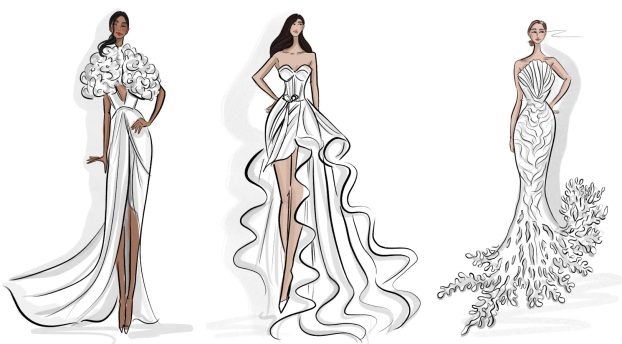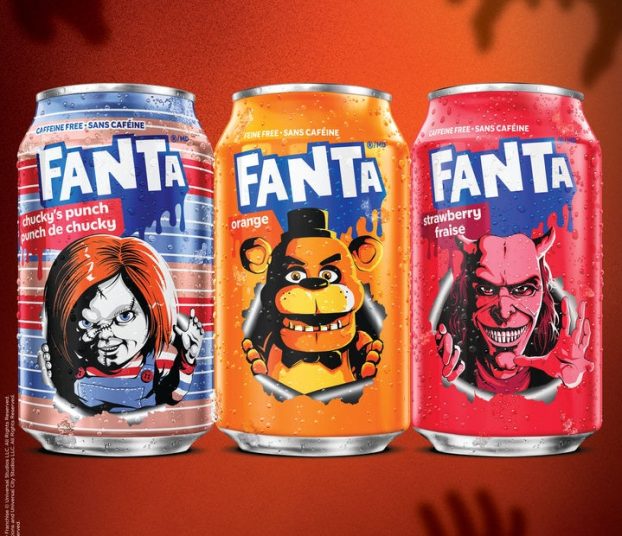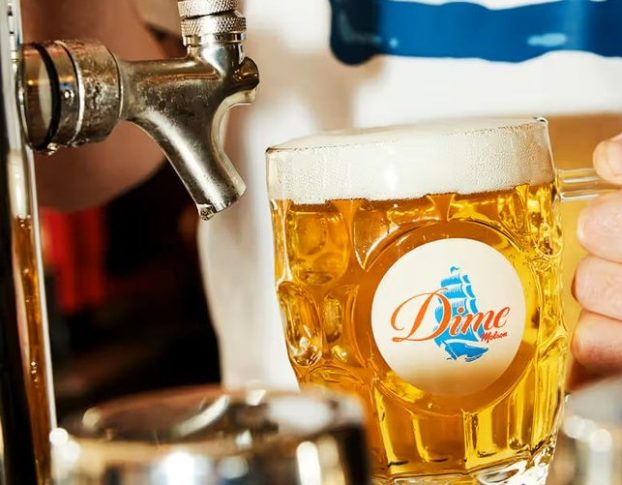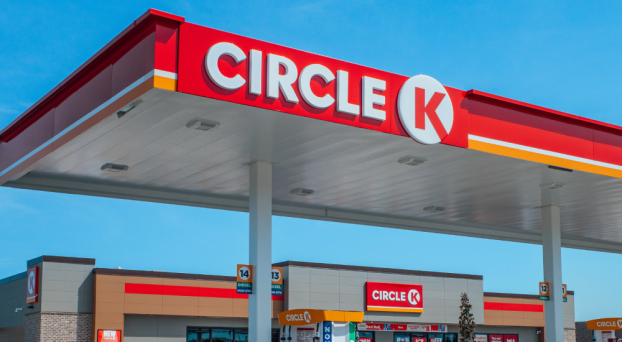The movies have the Oscars and advertising has the Lions. What began as the International Advertising Film Festival in September of 1954 in Venice, Italy, has since settled in Cannes and expanded way beyond film to encompass nearly every facet of communications. This year, it got another shiny new name, no longer deemed an “advertising” festival, it’s now known as the International Festival of Creativity.
A mecca for those creatively inclined, the days at Cannes are spent in thought-provoking seminars and workshops, often with high-profile guests (everyone from Mark Zuckerberg to Kofi Annan to this year’s appearance by Robert Redford) and the nights are filled with networking, parties, award wins (if you’re lucky) and trips to the infamous gutter bar (if you’re so inclined).
Canada has a long history with the festival – our first Gold was won in 1969 for a commercial called “Kids in Store” by Fry Cadbury. Strategy has been covering Cannes since our inception over 20 years ago, so here we present you with a look back at how Canada’s creative industry fared on the global stage over the last two decades.
1992
The International Advertising Film Festival drops the “Film” from its title, and introduces the Press & Outdoor Lions.
1993
Canada has a rough year, winning no Lions out of 86 entries. At the time, Brian Harrod, CD at Toronto-based Harrod and Mirlin, told strategy that we should consider it a warning: “We are conservative people…We don’t like to cause controversy, and good creative is always going to be controversial. We don’t want to offend anybody, and good creative is going to offend some people. We can’t be all things to all people because that’s when it starts getting dull.”
1995
The “Young Creative Print Competition” is introduced (later renamed Young Lions and opened to more categories), inviting teams from different countries to compete against each other by coming up with a campaign based on a brief for a non-profit in 24 hours. Strategy conducts the competition in Canada, sending our first young ’uns to the fest – Brad Monk and Aubrey Singer of Chiat/Day.
That year, Cineplex Odeon, Cannes’ Canadian representative at the time, acquires the exclusive Canadian rights to distribute the 1995 Cannes International Advertising Festival videotape, featuring the best advertising from around the world.
1996
Canada’s presence at Cannes begins to ramp up. We send a record number of delegates (35) and enter a record 111 entries in the Film category. While we get shut out of Film, Canada wins four Golds in the Poster/Print category (for Maple Leaf Foods, Panasonic, the ROM and Keen Audio) and comes out on top in the Young Creatives competition.
1998
The Cyber Lions are introduced to reflect the ever-growing field of online communications (websites, interactive campaigns and online advertising). The following year, the Media Lions are launched.
1999
Under the aegis of Cineplex Odeon, a committee is formed to help get Canadians to submit more entries and to experience the festival. The initiative works on both counts.
Also that year, a TV spot by Palmer Jarvis DDB for Finesse Shampoo wins the first Film Gold Lion that Canada has taken home in at least a decade.
2000
A big year for Canada at Cannes, we bring home eight Lions in total, including one Gold and a slew of Bronze. And while it didn’t pick up the Gold (that went to Toronto-based Gee, Jeffery & Partners for “Real Dealers Can’t Jump,” a cinema spot created for Ontario Toyota Dealers), one of the Bronze winners was no doubt the most buzzed about – Joe Canadian and his “I AM Canadian” diatribe, created by Toronto’s Bensimon Byrne D’Arcy. The spot instilled a renewed sense of national pride and ushered in an era of Canadiana. The Grand Prix that year went to another now-iconic spot – DDB Chicago’s “Whassup” campaign for Budweiser.
2002
The Direct Lions competition is added.
2004
A clever spot for Unilever brand Vim called “Prison Visitor” wins an unexpected Gold. The spot depicted a woman who appears to be a prisoner behind a partition, telling her daughter she hoped to be out soon – only she was actually in the shower, cleaning it with an inferior product. Created by Zig (now CP+B Canada), the ad then went global, airing in New Zealand, South Africa, Poland and Finland.
Then-ACD (now ECD) Aaron Starkman predicted this would be the story of many more Canadian ads: “It’s going to happen more and more often because we are such a multicultural country…A Canadian ad is a global ad.”
2005
The Globe and Mail becomes Canada’s official representative for Cannes.
Radio Lions are added, as well as Titanium Lions, honouring campaigns across a range of communications and media channels. It would further evolve two years later, with the introduction of the Integrated Lions. Titanium would be awarded to breakthrough ideas that show the industry the way forward.
2006
A Promo competition is added, and a separate Outdoor Lions Jury is introduced.
2007
It’s arguably Canada’s biggest year, as Unilever’s Dove wins two Grand Prixs (Cyber and Film) for “Evolution” – the now-famous viral video depicting a woman going from normal to photoshopped goddess. The jury describes “Evolution” as a signal of ad films future, given that it started as a viral and was able to reach consumers on a massive scale in a time when they are increasingly set on avoiding ads. And the nature of the win also cemented the trend of large CPG players coming up with some of the strongest work.
2008
A Design category is introduced and Canada fares well in it, with GJP taking home a Gold for its brochure for Toronto-based Gee Beauty’s waxing studio, Down Below, and a Silver for Taxi Canada’s 15 Below and its coats-for-the-homeless project.
2009
Canadian entries top 800 – exceeding the previous year by 30, while countries like the U.S. were down by 25%. Canada garners 14 wins including a Gold Outdoor for James Ready Beer’s “Share our Billboard” campaign by Leo Burnett Toronto, which invited customers to submit their own ads, thus keeping the beer inexpensive. At a time when user-generated content is becoming all the rage, the campaign proves that traditional outdoor advertising can still be innovative.
Also, the PR Lions are launched.
2010
Canada nabs 13 Lions including a Gold for BBDO’s “Arctic Sun” spot for Tropicana, which documented their delivery of an artificial sun to an area where people live in darkness for days on end. It set a new bar for TV spots and was a huge coup for the orange juice brand, exceeding 20 million media impressions.
2011
The Creative Effectiveness Lions launch, aiming to establish a correlation between creativity and effectiveness.
So you wanna be creative…
Thinking of hitting Cannes this month and soaking up a little professional development at the International Festival of Creativity? Here are a few ways to up your creativity game.
Attend the session with the most appealing name
Textappeal sounds sexy, and references texting (and we all love texting). This seminar is actually about “fusion brands,” specifically THE 99, the first group of comic superheroes born of an Islamic archetype, the brainchild of Dr Al-Mutawa – a Kuwaiti born clinical psychologist, and now a hugely successful global franchise.
Learn from celebrities
These celebs have some serious business clout. Speakers at Cannes this year include best-selling author Malcolm Gladwell, the Huffington Post’s Arianna Huffington, brand-unto-herself Martha Stewart and actor/film festival magnate Robert Redford.
Take in some photography
What better way to up your creativity than absorbing someone else’s? CannesAlso is an exhibition showcasing the photographic skills of marketing and communications people outside of their day-to-day jobs. See what those who make the ads do when a client isn’t involved.





















